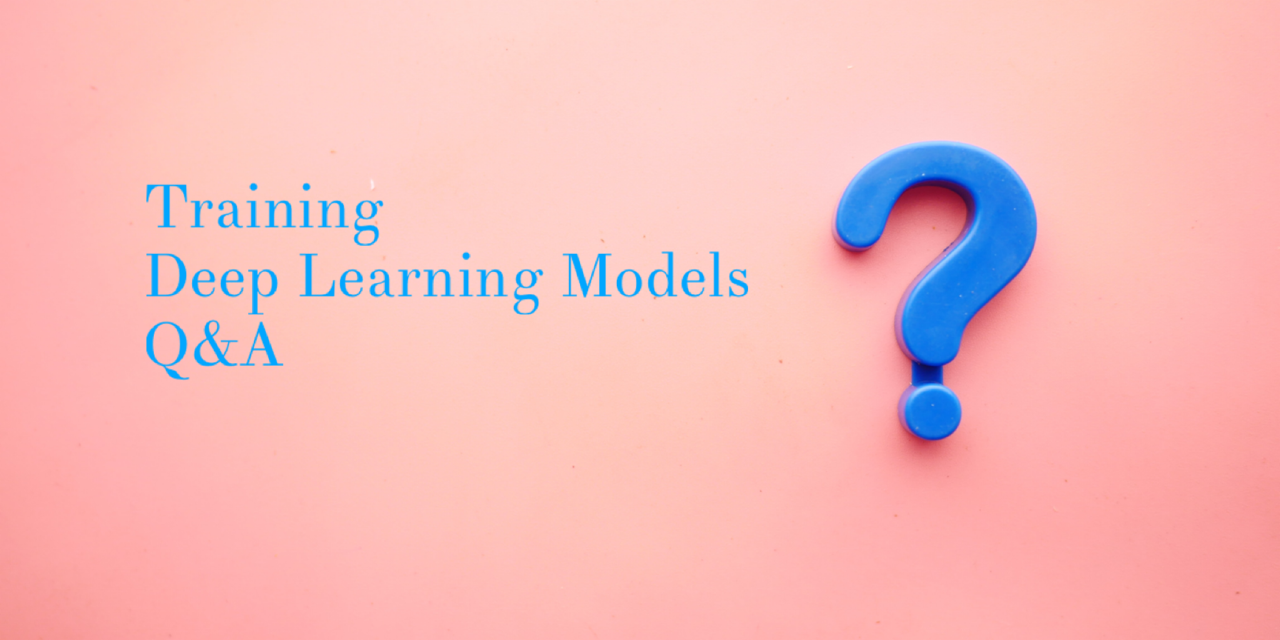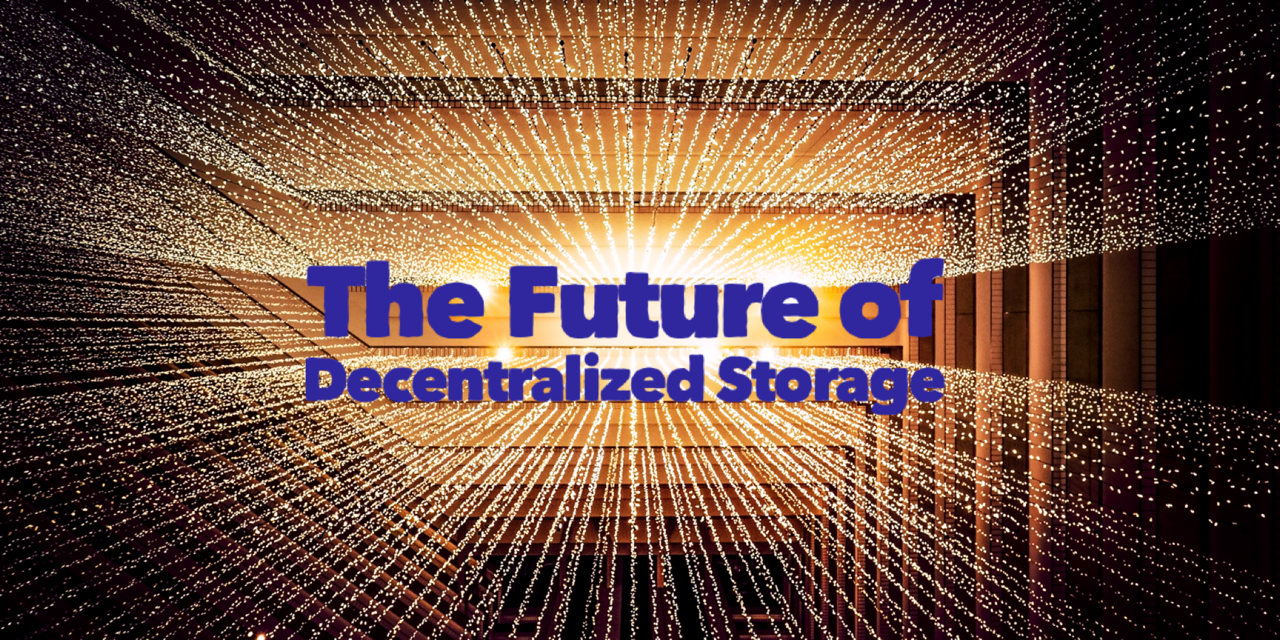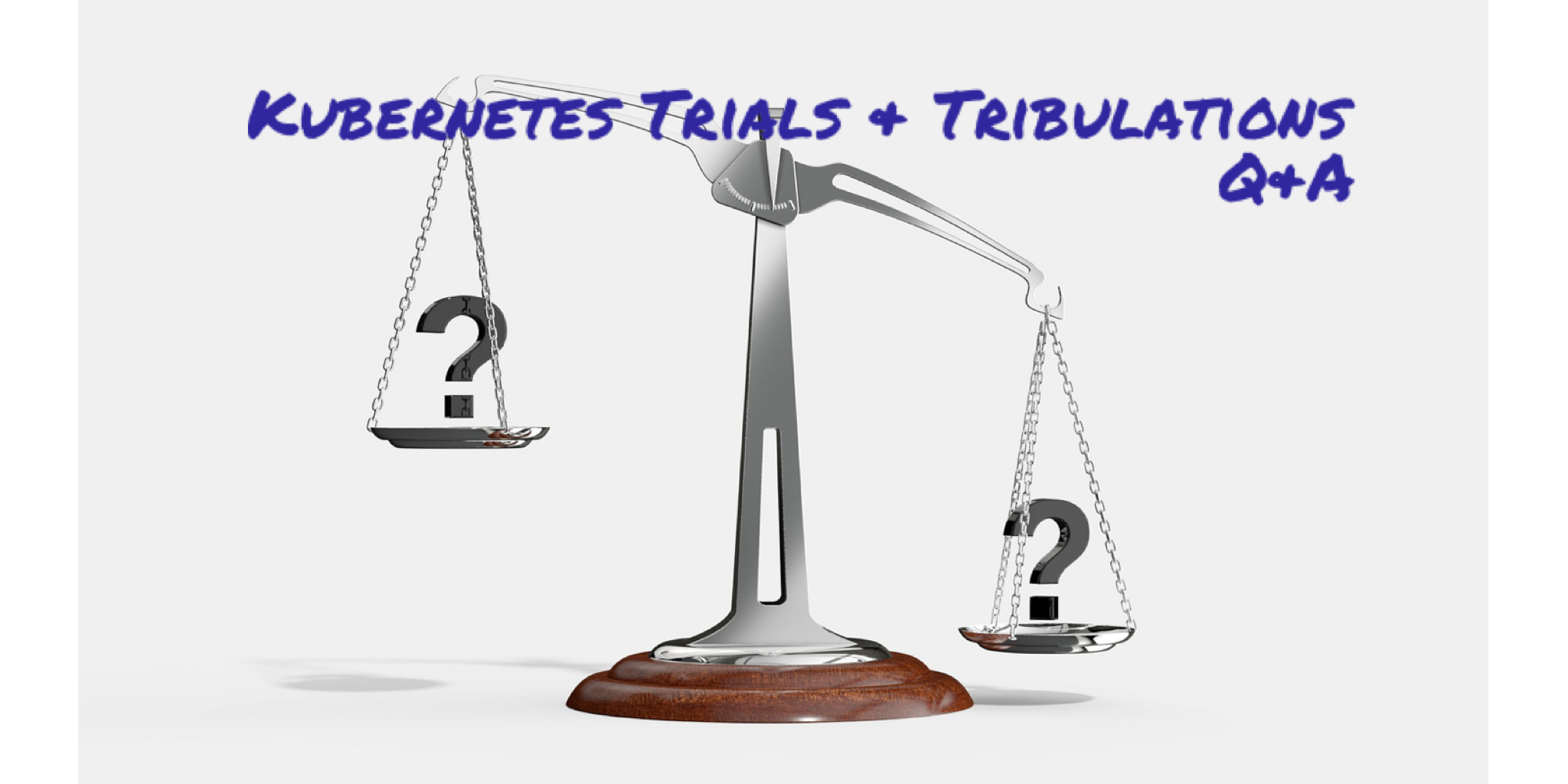
Training Deep Learning Models Q&A
May 19, 2023

Web 3.0 – The Future of Decentralized Storage
May 8, 2023

- Why is enterprise decentralized storage important?
- What are the benefits, the demand, and why now?
- How will on-premises, to cloud, to decentralized storage evolve?
- What are the use cases for decentralized storage?
- Who are the members and working groups of the Decentralized Storage Alliance?
Leave a Reply
Web 3.0 – The Future of Decentralized Storage
May 8, 2023

- Why is enterprise decentralized storage important?
- What are the benefits, the demand, and why now?
- How will on-premises, to cloud, to decentralized storage evolve?
- What are the use cases for decentralized storage?
- Who are the members and working groups of the Decentralized Storage Alliance?
Leave a Reply
Storage Threat Detection Q&A
Apr 28, 2023

Leave a Reply
Storage Threat Detection Q&A
Apr 28, 2023

Leave a Reply
Survey Says…Here are Data & Cloud Storage Trends Worth Noting
Apr 7, 2023

- The top 12 trends in data and storage
- Data security challenges facing container deployments
- Approaches to public cloud deployment
- Challenges for storage observability
- Focus on hybrid and multi-cloud deployments
- Top use cases for cloud storage services
- The impact of open source working with data and storage
Leave a Reply
Survey Says…Here are Data & Cloud Storage Trends Worth Noting
Apr 7, 2023

- The top 12 trends in data and storage
- Data security challenges facing container deployments
- Approaches to public cloud deployment
- Challenges for storage observability
- Focus on hybrid and multi-cloud deployments
- Top use cases for cloud storage services
- The impact of open source working with data and storage
Leave a Reply
Kubernetes Trials & Tribulations Q&A: Cloud, Data Center, Edge
Jan 5, 2023

Leave a Reply
Kubernetes Trials & Tribulations Q&A: Cloud, Data Center, Edge
Jan 5, 2023

Leave a Reply
Storage Implications of Doing More at the Edge
May 10, 2022

In our SNIA Networking Storage Forum webcast series, “Storage Life on the Edge” we’ve been examining the many ways the edge is impacting how data is processed, analyzed and stored. I encourage you to check out the sessions we’ve done to date:
On July 12, 2022, we continue the series with “Storage Life on the Edge: Accelerated Performance Strategies” where our SNIA experts will discuss the need for faster computing, access to storage, and movement of data at the edge as well as between the edge and the data center, covering:
- The rise of intelligent edge locations
- Different solutions that provide faster processing or data movement at the edge
- How computational storage can speed up data processing and transmission at the edge
- Security considerations for edge processing
We look forward to having you join us to cover all this and more. We promise to keep you on the edge of your virtual seat! Register today.







Leave a Reply